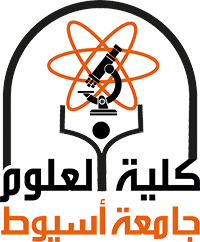Marine macroalgae are abundant, sustainable, and low-cost resources for several biotechnological applications and are characterized by superior properties for the production of cellulose compared to lignocellulosic biomass. However, no attempts have been made in the optimization of cellulose extraction from marine macroalgae. The present study investigated the effects of different NaOH and NaClO2 treatments on cellulose yield and its physicochemical properties (molecular weight (MW) and crystallinity) from the green seaweed Ulva lactuca. In the first step, the Box-Behnken design (BBD) indicated that the optimum conditions for alkaline treatment were NaOH 5.0% (w/v), temperature 100 °C, and time 2.0 h. These conditions yielded 4.82% (w/w), with a MW of 2.91 KDa and crystallinity of 72.58%. Under these optimum conditions, a second BBD was developed to optimize bleaching conditions. The optimum bleaching treatment was NaClO2 concentration 2.50% (v/v), temperature 60 °C, and time 1 h, which extracted 5.50% (w/w) of cellulose, with a MW of 2.53 KDa and crystallinity of 93.47%. The results allowed the extraction of cellulose from marine algal biomass with sufficient yield and improved crystallinity for potential industrial applications.
ملخص البحث
تاريخ البحث
قسم البحث
مجلة البحث
Journal of Applied Phycology
المشارك في البحث
الناشر
Springer
تصنيف البحث
1
عدد البحث
33
موقع البحث
https://link.springer.com/article/10.1007/s10811-021-02581-2
سنة البحث
2021
صفحات البحث
4093–4103

